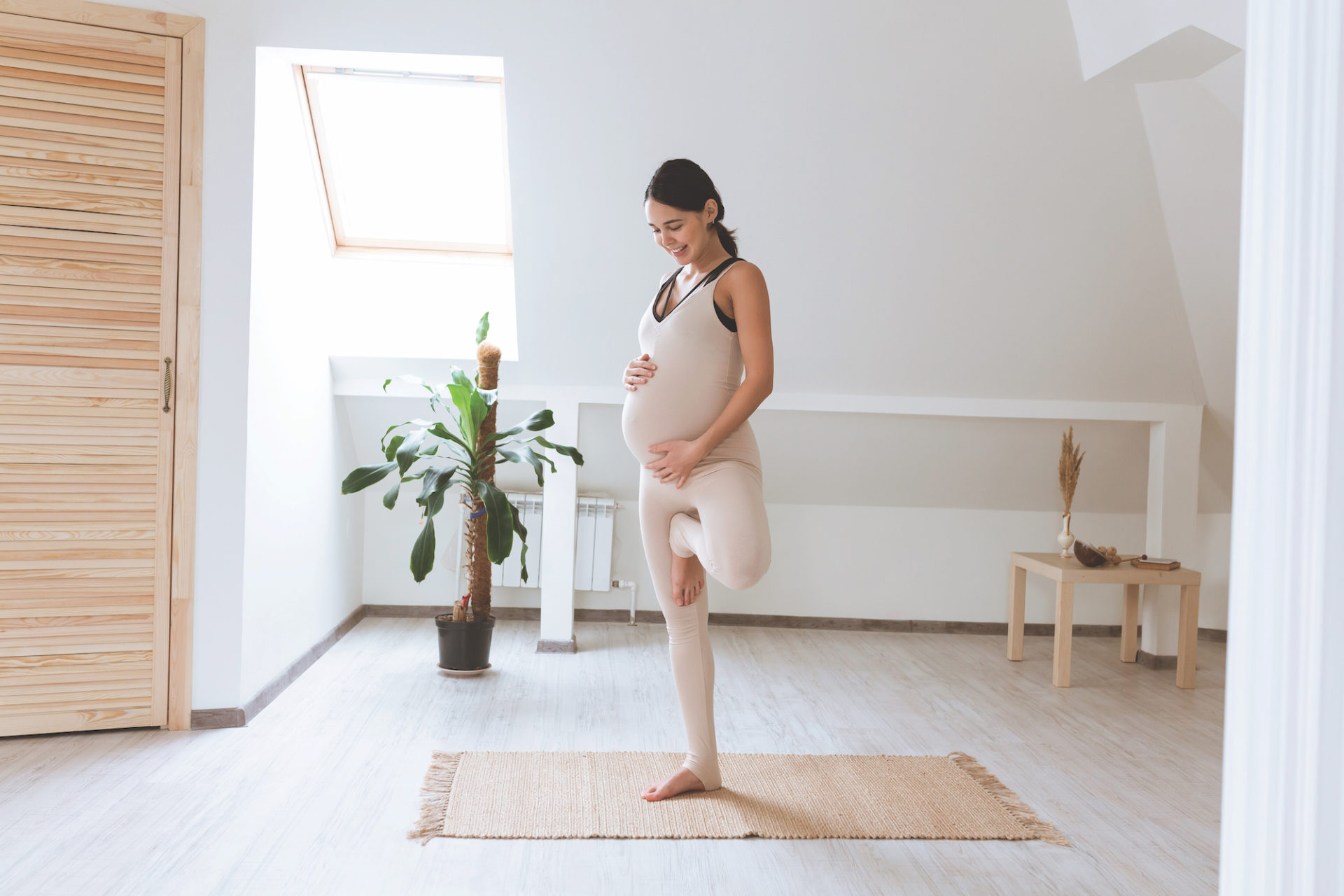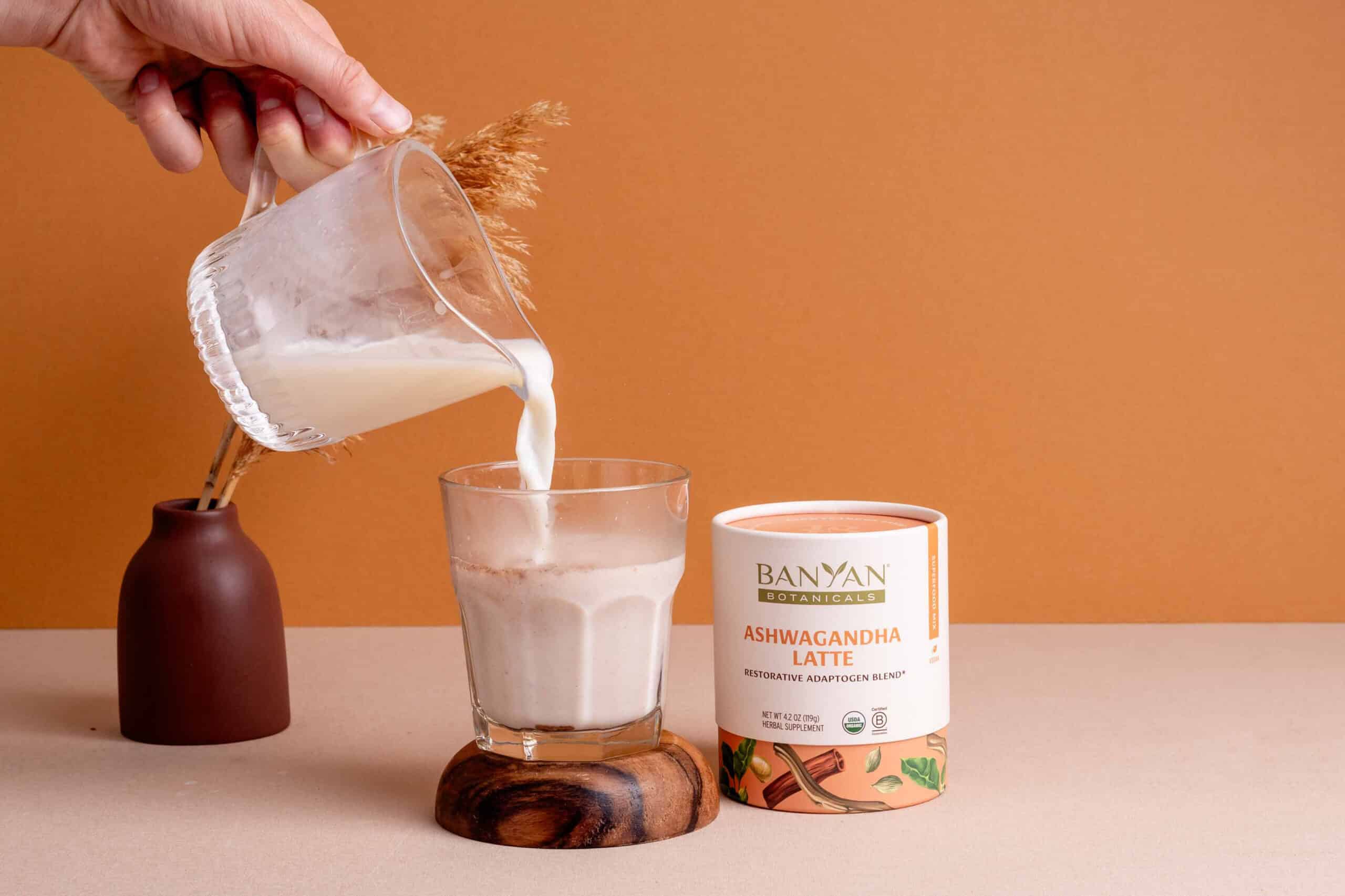Poses + Modifications for Pregnancy | By Carrie Varela
Practicing yoga when pregnant is a life-saver for so many mamas-to-be, but the practice needs to be modified, gently at first and more as your pregnancy progresses.
You may be the type of mom who goes straight to prenatal yoga classes once you find out you are pregnant. If so, great! Prenatal yoga classes are a perfect combination of yoga and community that will cater directly to the aches, pains and other experiences of pregnancy.
The challenge for most busy mamas-to-be is to fit your exercise routine into when the prenatal yoga classes are being offered (they often run during the day and other non-peak times). Your yoga studio might not even offer prenatal yoga classes. Maybe you just really enjoy a specific class and want to continue practicing yoga like you did before pregnancy. Regardless, you will need to learn a few modifications to get the most of your yoga classes.
I have been a yoga teacher for over 12 years and practiced yoga through two pregnancies. This article offers suggestions for what feels good in the body when pregnant and modifications to keep your practice safe and effective through the whole of your pregnancy.
First, some general pointers:
+ Every pregnancy is different. How you experience pregnancy can be totally different from your friends, fellow yoginis and even your instructor. Your intuition is heightened when pregnant; listening to your body’s feedback and not doing what doesn’t feel good is always something you should give yourself the freedom to do.
+ You might be concerned that doing certain exercises can cause a spontaneous miscarriage. This is not true. Both the American Pregnancy Association and the American College of Obstetrics and Gynecology state that daily exercise should be a part of pregnancy, and exercise itself is not reported as a cause of miscarriage. In fact, exercise can decrease the likelihood of a miscarriage by keeping stress levels down.
+ There are a lot of reasons to stay active during pregnancy. The American College of Obstetrics and Gynecology says exercise strengthens postural and birthing muscles, improves energy, balances hormones, improves your mood, reduces backache, reduces swelling, promotes better sleep and helps prevent gestational diabetes. It also increases overall muscular tone, strength and endurance that will help you support the additional weight you will be carrying, and decrease the difficulty in moving that may eventually come. So, if you are having an intense pregnancy day … definitely roll out your mat, it always helps!
MODIFICATIONS FOR FRONT BODY STRETCHES
As your pregnancy progresses, be careful to limit and modify front body stretches (aka backbends). The round ligament is one of the several thick ligaments that surrounds and supports your uterus as it grows during pregnancy. As your baby gets bigger, the round ligament stretches, making it more likely to become strained. Sudden movements can cause the ligament to tighten quickly, like a rubber band snapping. This causes a sudden and quick jabbing feeling. Your hip flexor muscles and core muscles are already quite stretched out in pregnancy (moreso in the last trimester) and over-stretching the front body architecture can put a lot of strain on the spine. Consider modifying camel, crescent moon, upward dog and lizard. Omit wheel pose after the first trimester or whenever it becomes uncomfortable.

1. Over-stretching in crescent moon (anjaneyasana) can cause round ligament pain and can lengthen muscles already stretched out by pregnancy. To avoid that painful sensation and to decrease stress on the round ligament, simply decrease the angle on your back knee. Instead of focusing on a stretch through the back quad, think of engaging your core and aligning through the midline of the body. The support of a bolster on the back quad, also feels great.

2. Avoid long holds in big quad stretches and psoas stretches. Instead of stretching the quad in lizard (utthan pristhasana), lower to your elbows, lift you back knee and align along the midline of the body. Bonus: this pose is super energizing! If you would prefer to lower the knee, use a bolster like a wedge under the back thigh.

3. Avoid deep compressive backbends. Do not go back too far in camel (ustrasana) even if you can comfortably reach your feet with your hands. Reaching your feet with your hands in this pose exaggerates the way the lower lumbar spine is pulled forward by the weight of the pregnancy. It can put a major amount of stress on the spine. Instead of reaching for the toes, keep your hands supporting your low back and think of creating an “evenly toned bow” (a Blissology® term) through the spine, almost like you are jumping from your feet over a high jump bar behind you. Upward dog (not pictured) can put a similar stress on the low back as camel pose. You might chose to omit this pose from your practice as your baby bump gets more pronounced toward the end of pregnancy. Generally, wheel is contraindicated from the first trimester onward.

MODIFICATIONS FOR TWISTS
Most women find it common sense and uncomfortable to do most closed twists (where the belly is compressed against a leg) beginning sometime in the second trimester. Closed twists are painful, uncomfortable and potentially dangerous for your baby, especially in the later stages of pregnancy. You have options so don’t be afraid to modify your twists in pregnancy.

1. Avoid closed twists. Instead of twisting chair pose (parivrtta utkatasana) or twisting crescent lunge (parivrtta anjaneyasana), stay upright and rotate the spine, maintaining an open twist where the belly is not compressed by the thigh. This is not an easy pose! Keep breathing and imagine the arms are hugging a huge Redwood tree (activating the upper back and chest muscles).

POSES THAT FEEL GREAT THROUGHOUT YOUR PREGNANCY
Tired of thinking about all of the things you can’t do while being a portal for another soul to become human? It just isn’t fun to dwell on the restrictions of pregnancy. Get empowered about how strong you are, goddess!

3. Side Plank (Vasisthasana). The key action is learning how to balance on one hand and the long edge of the foot (or perhaps with both feet staggered). Learning the proper weight distribution through the hand, and how to press the arm down into the floor without hyperextending the elbow and not collapsing into the shoulder joint, are very important aspects of the pose. Once the base of the pose is established, you can apply more advanced variations of lifting the top leg or bringing the top leg into tree pose. This pose will remind you of what your body felt like pre-pregnancy!

4. Half Moon (Ardha Chandrasana). As your baby bump grows, your center of balance is off making a pose like this even trickier than when you weren’t pregnant. Gaze down for more balance and use a block for the bottom hand. The hip strength you develop on the grounded leg as well as the outer hip activation of the top leg feel great in pregnancy.

5. Headstand (Salamba Shirshasana). Inversions used to be contraindicated for pregnancy without a lot of good science or reason behind it. A new generation of yoga practitioners are changing what exercise in pregnancy looks like, including adopting more freedom to get inverted! The general rule of thumb here that most yoginis use is that if you have done inversions (or really any particular exercise) regularly prior to pregnancy … go for it! You might consider omitting inversions during weeks 8 -12 of your pregnancy as some say inversions can put pressure on your placenta while it is attaching to the uterine wall. In the third trimester, don’t go upside down for too long. After 36 weeks, if the baby is head down you also might consider omitting inversions from your practice. Speak to your doctor about your specific situation, especially if you have placenta previa or are concerned if inversions are right for you.

Photos by Dr. Jonathan Henry Bloch.
Originally published in the Summer + Fall 2019 issue.
 Carrie Varela is a yogi, Reiki Master, mystic, lover, traveler and modern day healer. She is passionate about helping people find good energy.Carrie’s teaching is directly influenced by her studentship of Prana Flow Vinyasa with Shiva Rea and Blissology with Eion Finn. Carrie is anavid practitioner of the healing arts. Practice yoga with her online and learn more about her upcomingretreats and Reiki trainings on www.carrievarela.com.
Carrie Varela is a yogi, Reiki Master, mystic, lover, traveler and modern day healer. She is passionate about helping people find good energy.Carrie’s teaching is directly influenced by her studentship of Prana Flow Vinyasa with Shiva Rea and Blissology with Eion Finn. Carrie is anavid practitioner of the healing arts. Practice yoga with her online and learn more about her upcomingretreats and Reiki trainings on www.carrievarela.com.Organize your busy schedule while taking care of your emotional health with the Panda Planner. The Classic [...]

Subscribe to Our Tribe
Stay up to date with Y+L News, Events and special announcements.










